It’s the big news of recent months: more and more streaming services are raising prices. The increases are small…as of now. They’re generally in the region of one dollar a month, but will they continue? Why are music streaming services raising their prices?
There are many reasons for this, and we reveal them to you in this new article.
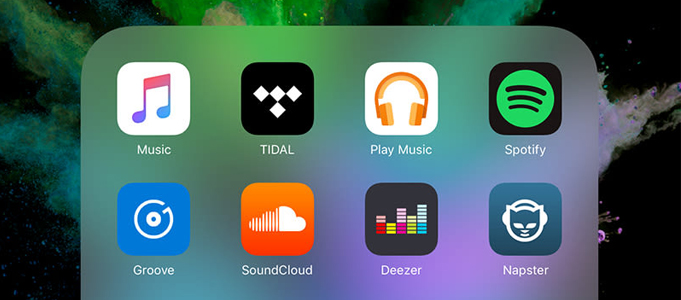
Note: prices shown in the screenshots are as of November 2023
Some reasons why music streaming services are raising their prices
If we take the example of Spotify, the market leader, its business is in the process of reinvention. The New York Post revealed in July 2023 that the company had laid off thousands since January. Spotify is also restructuring its podcast division, in which it had invested billions of dollars. Margins, therefore, need to increase quickly. As The Guardian points out, Spotify had over-invested during the coronavirus period and had become over-ambitious, so around 6% of its employees were made redundant.
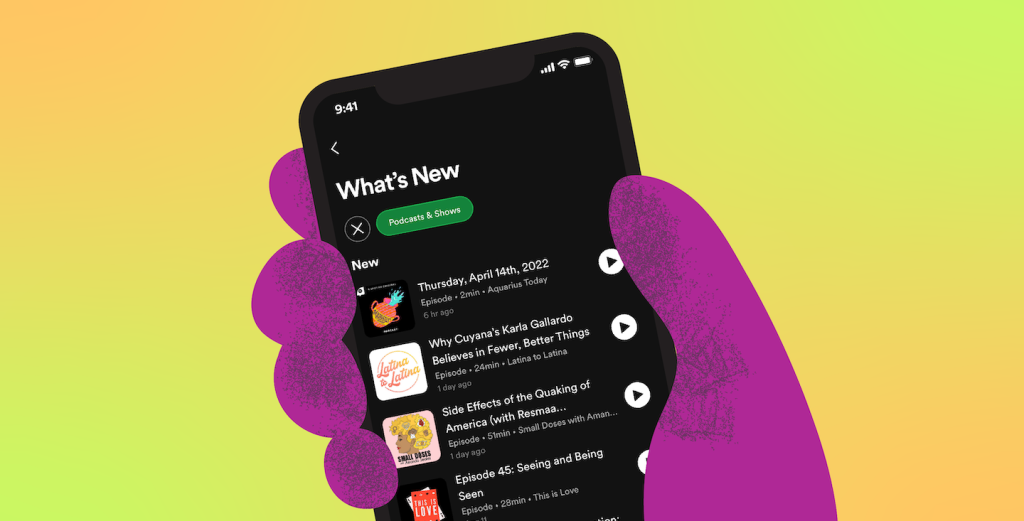
The massive arrival of new competitors is stretching an already almost saturated market. Some streaming services are gaining ground, but sometimes in areas where they make very little profit, such as India. Monthly subscription prices are low there, and margins are therefore reduced. Moreover, the proportion of new users, particularly in the US, is falling yearly.
The economics of music streaming are, after all, reasonably recent. To find out more, we invite you to read our article on the history of streaming. It has mainly focused on the user experience and acquiring new customers. Over the years, platforms have offered more content and podcasts, investing millions of dollars but never, or rarely, increasing their monthly prices. YouTube, for example, raised its prices in the US in July 2023 for the first time since its launch in 2018. Apple, Amazon, and Tidal have also increased their subscription prices. And Spotify, after hammering on for months that they would not raise their prices in the US like their competitors, also finally gave in.
Not only in music streaming!
Investors have begun to grit their teeth and expect higher margins in recent years. It’s also interesting to note that video streaming is also affected by these increases. Netflix, Apple TV+, Starz, Disney+, Hulu HBO Max have all raised their prices.
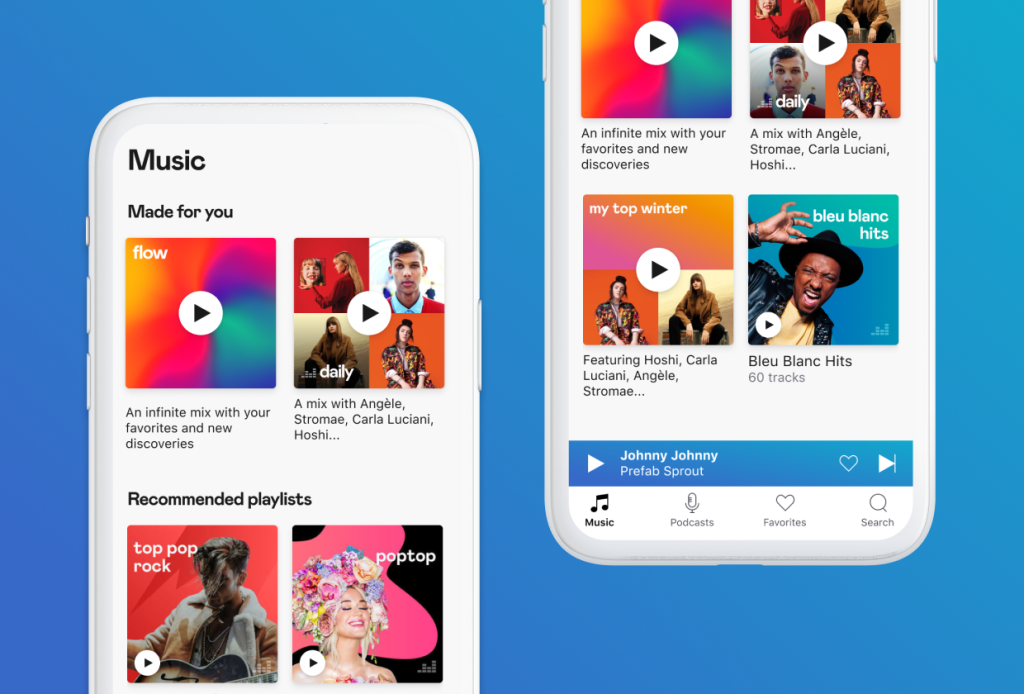
Added to all this is an increase in licensing fees, i.e., what streaming platforms have to pay authors and rights holders to exploit their music. According to The Verge, “Apple Music and its competitors will have to pay 15.35 percent of music revenue to songwriters and publishing rights holders starting next year, a 0.25 percent increase over the current rate and nearly 5 percent more than the old rate. “
Pressure from the labels
For years, record label bosses have been arguing that the economics of music streaming could be improved. The more users pay for their subscriptions, the more money streaming services can potentially redistribute to rights holders, including labels. At the end of 2022, Universal Music Group Chief Executive Officer Lucian Grainge wrote a memo to his teams telling them that the economics of streaming needed to change and generate more revenue for his artists. Warner Music’s CEO also made his voice heard, stating that it was time to think about a new model adapted to inflation and listeners’ usage habits. For this to happen, prices had to rise.
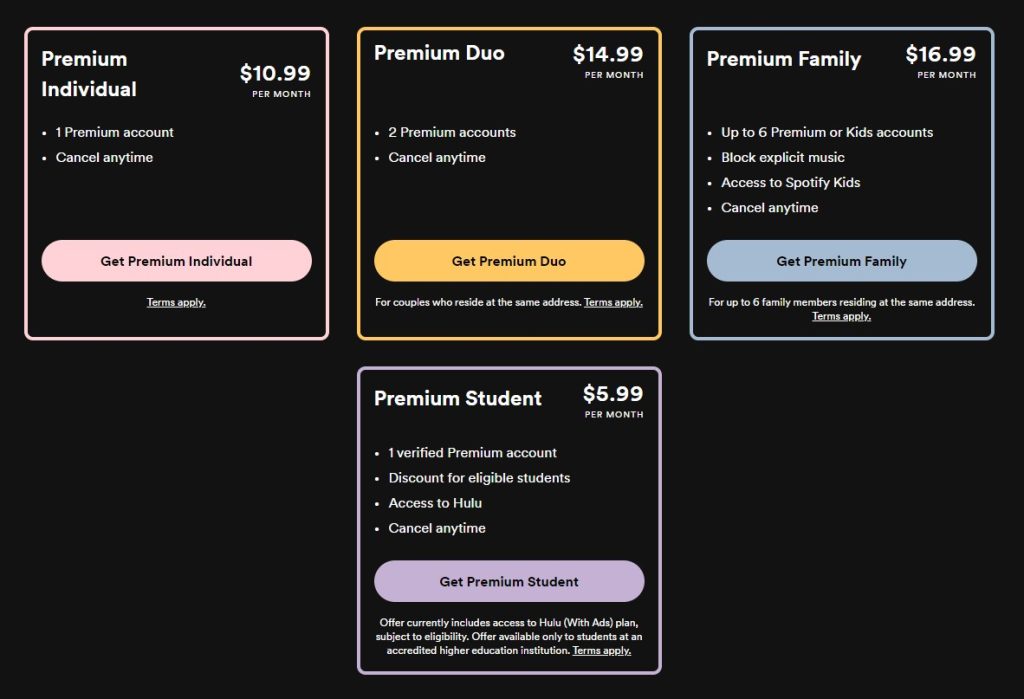
Given that streaming accounts for almost 70% of a label’s revenue, according to Trapital, it’s hardly surprising that labels are pressing for higher margins.
Who benefits from music streaming services raising their prices?
YouTube Music Premium and Amazon Music Unlimited could be the big winners from this price increase, even if they also raise their prices. Why should this be? Quite simply because they think of their offers in global terms. Deezer, TIDAL, Spotify, and Qobuz, for example, “only” provide music streaming.
Their intelligence lies in coupling music streaming with what they offer elsewhere. In Amazon’s case, it’s a subscription to Amazon Prime, and all that implies in terms of accelerated deliveries of all kinds of products, as well as video streaming. Amazon is an e-commerce giant, and its streaming offer is attracting more and more people.
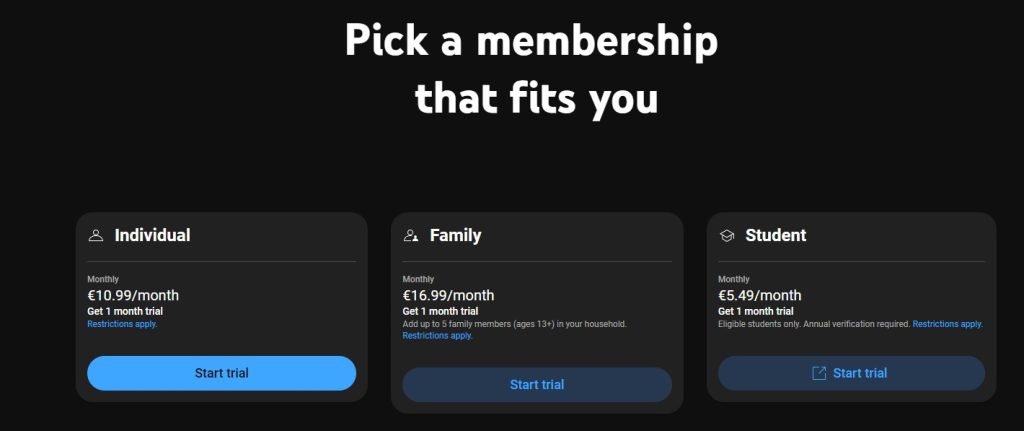
In the case of YouTube Music Unlimited, music streaming is combined with ad-free YouTube viewing.
Many users are increasingly turning to these two services: from a financial point of view, their offering seems increasingly attractive, especially considering all their competitors are raising their prices. On Soundiiz, we’ve compared Amazon Music and YouTube Music to help you choose.
What’s next?
Many experts believe these price rises will only become more pronounced in the months ahead. With global inflation and prices rising worldwide, prices are less likely to stabilize or decline.
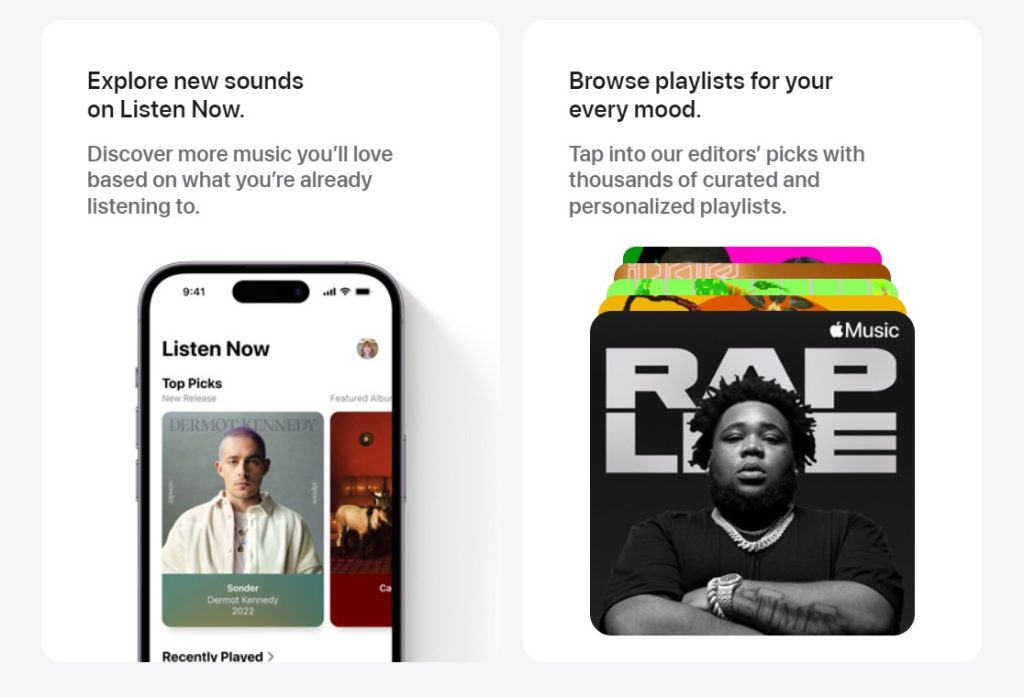
Furthermore, studies show these price hikes have not harmed new customer acquisition. Amazon and Apple Music have seen their user numbers increase, even after increasing their monthly subscriptions. Spotify didn’t see its number of subscribers decrease after their price increase. During 2023’s third quarter, their premium subscribers even increased by 6 million people. It was 2 million more than what they expected.
Is this a sign that the streaming services will not hesitate to continue down this path? While prices have long remained the same, it seems like a Pandora’s box has now been opened, and the market has turned upside down.
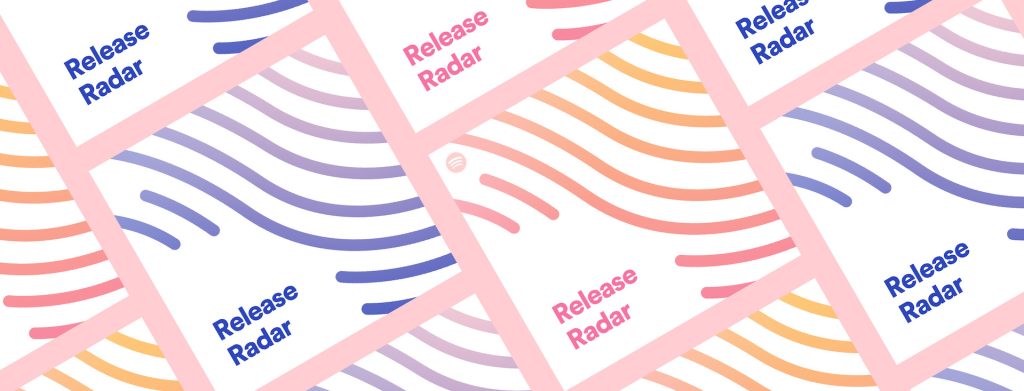
At Soundiiz, we’re keeping a close eye on all this. We’re passionate about streaming and its economics, and the market is at a turning point in its history, facing new challenges. We’ll be sure to keep you informed of the latest developments. And above all, even if we have no impact on the pricing policies of streaming platforms, we’ll continue to do everything we can to make your use of them as easy as possible.
Why can Soundiiz help you with these price increases?
Soundiiz lets you transfer all your data from one platform to another without missing a beat. Do you need to find your Apple Music subscription too expensive? Or do you feel that, for the same price, another service could give you more? Soundiiz can help you make the transition.
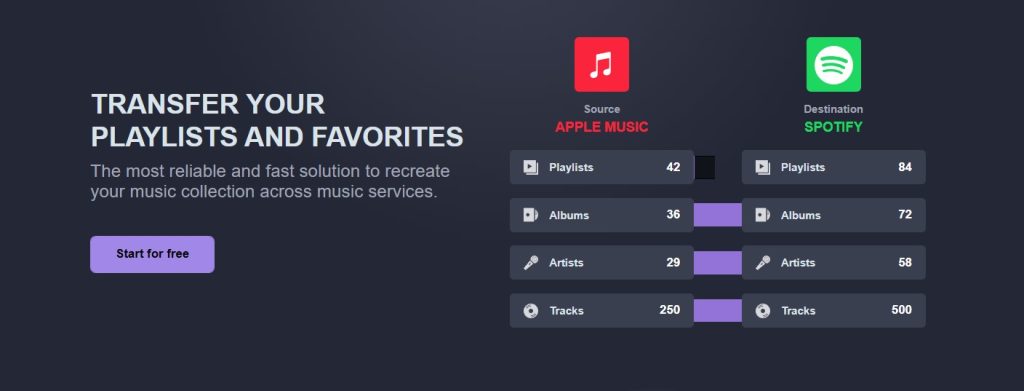
That’s what we’re all about and what our users use our services for every day. We let you transfer your playlists, albums, favorite artists, and favorite songs in seconds.
It couldn’t be easier: you can use our Transfer function. To help you understand what we’re talking about, we recently published an article detailing the step-by-step procedure for transferring your data from Deezer to YouTube Music.

We used this example, but Soundiiz is, of course, compatible with most streaming services.
Now is the perfect time to create a Soundiiz account, test our services, and transfer all your data from one platform to another!



